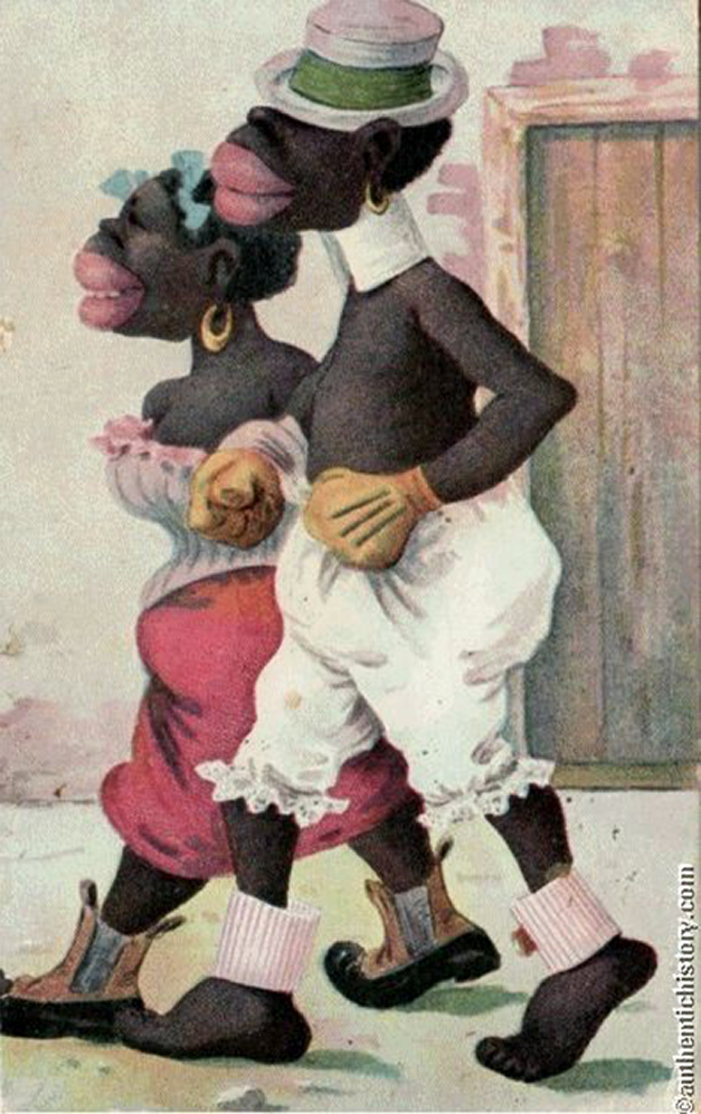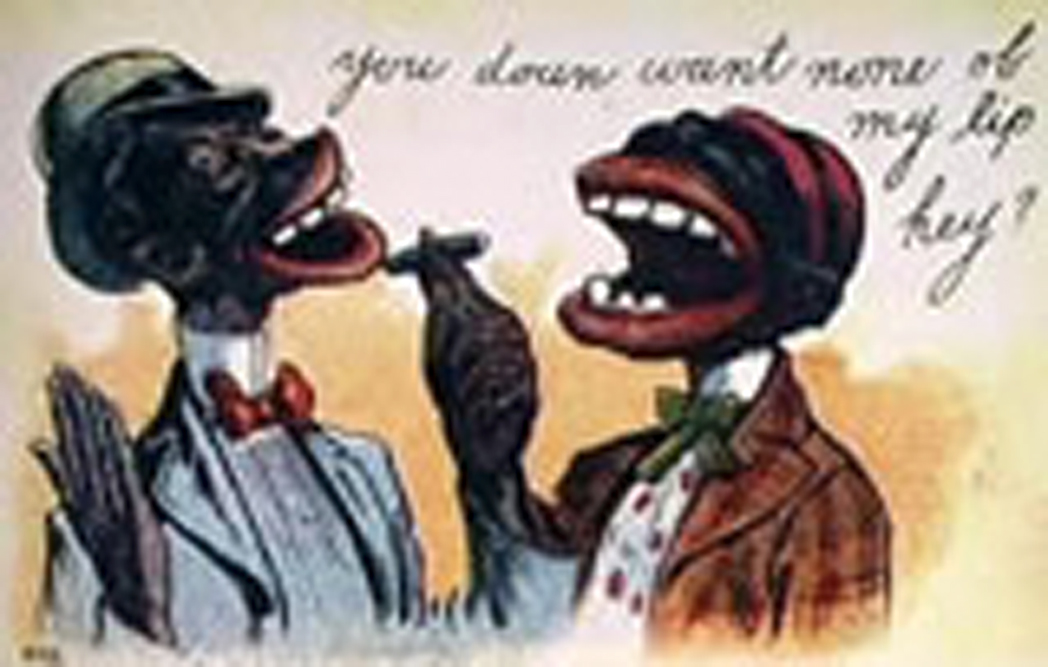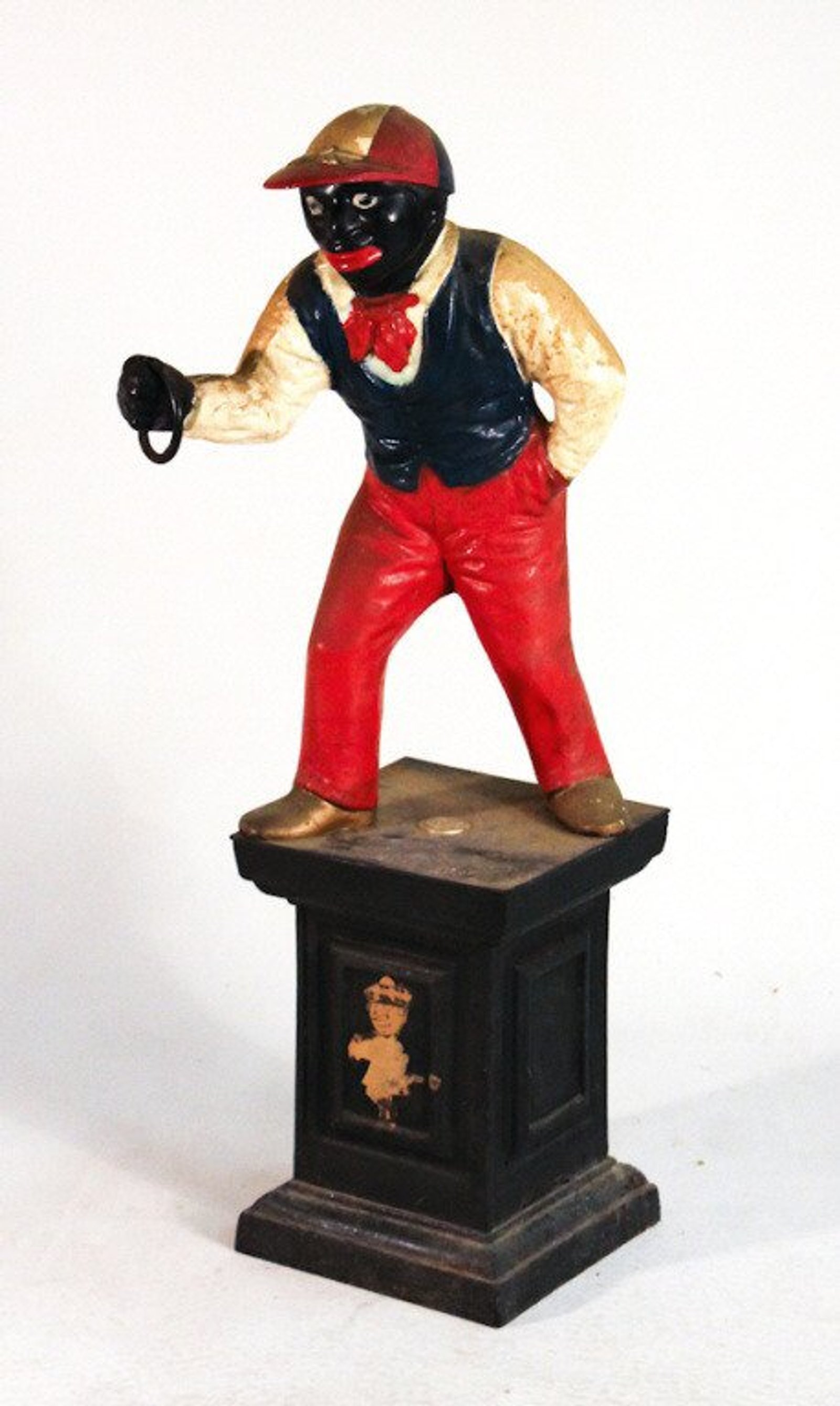The Derogatory Meaning of the Ape: A Perspective From The National Historian
When racists want to denigrate African Americans, they usually compare us to animals, more specifically “apes,” as Roseanne Barr tweeted on Monday, May 28th, about Valerie Jarrett, who served in the White House as Senior Advisor to President Barack Obama. White racists, who could not stomach the presence of African Americans in the White House in any capacity other than as servants, often referred to Barack and Michelle Obama as “apes.” More insidious, especially in the context of Roseanne Barr’s scurrilous comment, was the idea that Black men and women copulated with apes.

Pseudoscientific racism, which emerged in the eighteenth century during the so-called Enlightenment in Europe or the Age of Reason, advanced the idea of race and racial hierarchy. Johan Blumenbach, a German anthropologist and physiologist, published his On the Natural Varieties of Mankind in 1776, which categorized five races of mankind based on pseudoscientific measures such as cranial profile and skin color. He placed Caucasians at the top and Africans at the bottom. Apologists for enslavement in the United States and elsewhere used racial classifications to enslave, colonize, and oppress Black people. Racial apartheid in the United States and abroad was based on theories of racial inferiority, that biogenetically Africans and people of African ancestry were less intelligent, more emotional, more promiscuous, and more imitative than Caucasians. When Charles Darwin published On the Origin of Species in 1859 about evolution, proponents of white supremacy used his ideas to argue that Black people were in a state of “arrested development”, that we had not evolved as far as White people, and were therefore closer to “apes.”


The idea of Black inferiority was reinforced through minstrelsy in the late nineteenth and early twentieth centuries, and through schoolbooks, postcards, movies, and advertising for products from shoe polish to tooth paste. African Americans were depicted as slow, dimwitted, clumsy, and without a mind of their own. They were shown with thick red lips, bulging eyes, big feet, and small heads.

Lawn jockeys were one of the most ubiquitous forms of Black stereotype, with Black men in a subservient role and usually with exaggerated features. The American theater, which grew out of vaudeville, was based in large measure on minstrelsy, especially White men in blackface, who made fun of Black men. Minstrelsy was a means of comic relief to let White Americans, especially European immigrants, know what was expected of them. White America defined itself in contradistinction to Black people. They identified themselves not so much by what they were, but by what they considered themselves not to be. The cardinal rule was not to act like Negroes, not to be an “ape.” They told their children that Black people had tails. I can remember being in a department store and a little White kid feeling my friend’s buttocks. When my friend asked the kid what he was doing, the kid said he was trying to feel his tail. The first talking movie in this country featured the White actor, Al Jolson, in blackface. This legacy has been so deeply ingrained in American popular culture and in American society, that it is part of White America’s DNA. That is why Roseanne Barr could so easily denigrate Valerie Jarrett and earlier Susan Rice, a Rhodes Scholar, who served as U.S. Ambassador to the United Nations in the Obama Administration. It is difficult to fathom why she selected these two important and accomplished Black women, except that for Roseanne Barr, they are “Uppity Negroes” and need to be pulled down and put in their “place” by comparing them to “apes.”
Many Brothers want to use some form of transformation to mark the transition from pledge to member of Alpha Phi Alpha. They have seized on the metaphor of evolution from “ape” to “man.” But that metaphor is fraught with stereotypical dangers with which we should not want to be associated. Other than evolution, we could use other models such as metamorphosis. Or, we could use qualifications for membership in a guild from apprenticeship, to journeyman, to master craftsman. We could adapt rites of passage programs that avoid stereotypes. Stereotypes die hard, and Alpha Phi Alpha Fraternity of all organizations should not be complicit in perpetuating them. The image of the “ape” is not one with which we should want to be associated. It runs counter to everything that Alpha Phi Alpha was built on and stands for. In its verb form, “to ape,” means to imitate. While others might base their organizations on brute strength, men of Alpha are leaders and men of intellect who set the standard for others to follow. We do not “ape” anyone or anything and need to abandon the image of the “ape.”
Bro. Robert L. Harris Jr., Ph.D.
National Historian
Alpha Phi Alpha Fraternity

